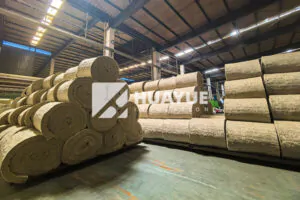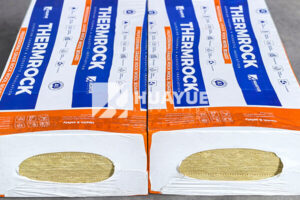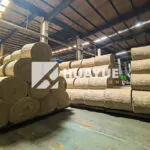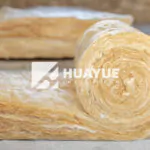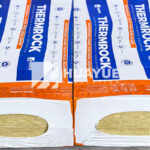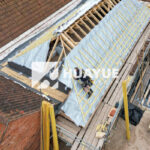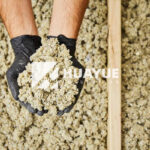Is mineral wool cavity insulation the right solution for your building project?
Every time energy bills go up, property owners ask: how can I keep my space warmer and safer? Mineral wool cavity insulation might be the answer.
Mineral wool insulation works well in cavity walls because it resists fire, blocks sound, and keeps heat in. It does not absorb water and supports a healthier indoor space. Proper installation boosts its performance and helps meet safety regulations.
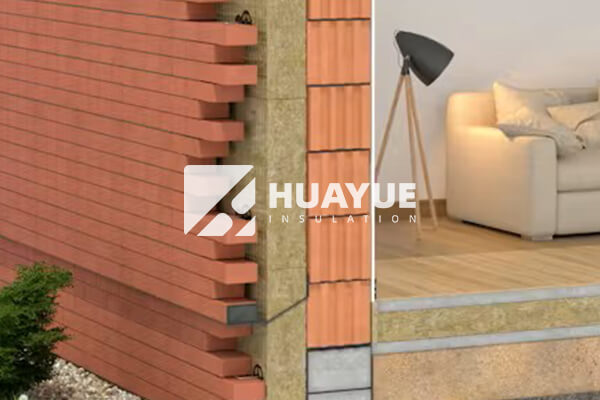
Choosing the best insulation can be tough. When you dig into details, you find differences between products and manufacturing methods. Next, I’ll uncover what makes mineral wool a good choice and why HUAYUE’s basalt-based rock wool stands out from the rest.
Is mineral wool good for cavity wall insulation?
Struggling to pick the right insulation for cavity walls? Safety, energy savings, and long-lasting protection make this an important decision.
Mineral wool is an excellent material for cavity walls because it offers strong thermal resistance, does not absorb water, and maintains its performance even in tough conditions.
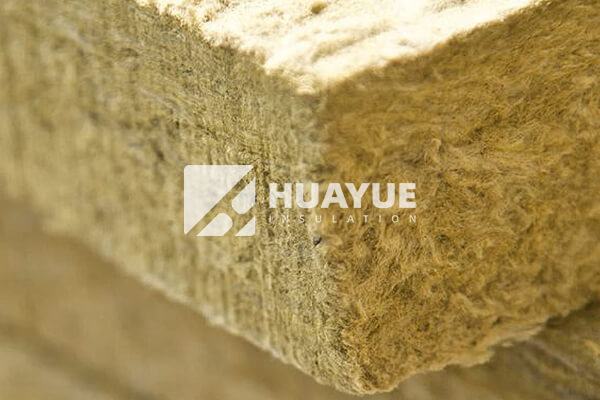
One thing I have learned is that quality insulation starts with raw materials. At HUAYUE, our mineral wool is made from pure basalt, not less stable yellow mineral fibers that other suppliers use. This makes our product green in color and gives it fine, non-itchy fibers. Fine fibers trap small air pockets, boosting thermal and acoustic performance and making our insulation easier to work with. Unlike standard mineral wool, our basalt rock wool handles very high temperatures, up to 700℃. This means it can resist fire and extreme thermal shocks that other products cannot. Efficient cavity wall insulation keeps indoor heat in during winter and out during summer. It reduces the need for extra heating and cooling, and that saves money. Our product’s unique fiber structure also fits into wall cavities tightly, preventing gaps and cold bridges. The water-resistant property is crucial for cavity walls because moisture can sneak through bricks. HUAYUE’s basalt rock wool stays dry and keeps walls safe. If you need insulation that lasts and reduces costs, mineral wool—especially basalt rock wool—is a solid choice.
Mineral Wool Types Comparison Table
| Type | Color | Key Material | Max Safe Temp | Water Resistance | Fiber Texture |
|---|---|---|---|---|---|
| HUAYUE basalt | Green | Basalt | 700°C | Yes | Fine, soft |
| Standard mineral | Yellow | Generic minerals | 500°C | Partial | Coarse, itchy |
Will mold grow on mineral wool insulation?
Worried about mold and health issues behind your walls? Mold can mean trouble for families and properties.
Mineral wool does not support mold growth. Its inorganic fibers and low moisture absorption stop organic growth, which keeps indoor air healthy and wall structures safe.
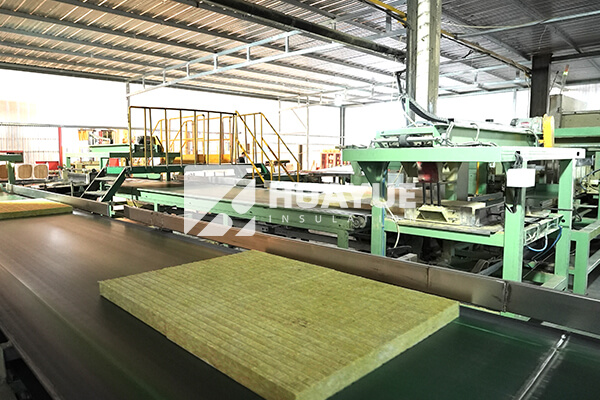
Mold likes moisture and organic material. Most mineral wool is made from rocks or minerals like basalt. These fibers are not a food source for mold. If you use insulation that absorbs water and holds it, you risk mold. At HUAYUE, our mineral wool is water-resistant thanks to the tight, fine basalt fibers and a hydrophobic treatment. This means water runs off and does not soak in. Even in humid climates or during temporary leaks, the insulation stays dry. The lack of organic content in our mineral wool makes it doubly tough for mold or mildew to take root. I have seen insulation jobs years after installation, and I never find organic growth or damp inside cavity walls with our product. If you deal with strict safety codes, proper cavity insulation gives you peace of mind and fewer worries about costly repairs.
Mold Resistance in Insulation Materials
| Material | Organic Content | Water Absorption | Mold Risk |
|---|---|---|---|
| HUAYUE Basalt Rock Wool | None | Very Low | None |
| Standard Mineral Wool | None | Medium | Very Low |
| Organic Fiber Insulation | High | High | High |
What happens if mineral wool insulation gets wet?
Water leaks and condensation can stress any wall system. Will wet insulation break down, sag, or turn unsafe?
Mineral wool made from basalt—especially HUAYUE’s—is water-resistant. Short-term exposure dries out without losing shape, insulation value, or safety.
Water can enter insulation during installation or rare leaks. Many mineral wool types do not absorb water. HUAYUE’s basalt rock wool has tiny, interconnected air pockets and a hydrophobic treatment that makes moisture bead up and drain away. If a wall gets wet briefly, the insulation dries while the structure stays strong. It does not sag, clump, or shrink. If the water is trapped for a long time, it may affect some products, but our basalt rock wool is tough. It keeps thermal protection, keeps load-bearing properties, and is not a risk for corrosion under insulation (CUI). That is important for engineers like Hans, who want life-long, low-maintenance solutions in tanks or buildings. For occasional water events, the mineral wool recovers well. If there is ongoing water, it is best to fix the source first. My experience tells me: high-quality basalt mineral wool always outperforms cheaper alternatives when it comes to water resistance and recovery.
Water Exposure Effects Table
| Insulation | Water Absorbed | Drying Time | Performance After Wetting | Recommended Action |
|---|---|---|---|---|
| HUAYUE Basalt Wool | Minimal | Quick | Full recovery | Fix leak, allow to dry |
| Standard Mineral | Moderate | Slow | May lose insulation | Possible replacement |
| Organic Fiber | High | Very slow | Permanent damage | Replace completely |
Is mineral wool better than rock wool?
What is the difference between mineral wool and rock wool? Is there one that lasts longer or performs better?
Mineral wool includes rock wool, but basalt-based rock wool is the toughest and safest form. HUAYUE’s product is stronger, less itchy, and more heat-resistant than generic mineral wool.
This can be confusing. “Mineral wool” covers both rock wool and slag wool, but not all mineral wool is equal. HUAYUE uses pure basalt in our rock wool, which gives a fine fiber texture, green color, and superior resilience. Other companies use mixed minerals, or even waste slag, resulting in less stable fibers that yellow with time. Pure basalt rock wool stays strong at up to 700°C, handles heavy loads, and does not cause skin itching when handled. Generic mineral wool melts at lower temperatures (around 500°C), and can feel rough or scratchy. When I compare insulation jobs, customers notice our product installs faster, causes less irritation, and lasts longer. This is why HUAYUE’s basalt rock wool meets international certifications like CE and SGS, and is used by chemical engineers who want the best performance for tanks and walls. If you want a long-term, life-cycle solution, basalt rock wool is the top tier of mineral wool.
Rock Wool vs. Mineral Wool Table
| Feature | HUAYUE Basalt Rock Wool | Generic Mineral Wool |
|---|---|---|
| Fiber Diameter | Ultra-fine | Coarse |
| Color | Green | Yellow |
| Max Temperature | 700°C | 500°C |
| Handling Comfort | No itch | Sometimes itchy |
| Water Resistance | High | Medium |
| Fire Safety | Excellent | Good |
Conclusion
Basalt-based mineral wool insulation from HUAYUE offers higher fire safety, load capacity, and moisture resistance than ordinary mineral wool, making it the best choice for cavity wall applications.
You may also be interested in:
Ready to Get Started?
Get in touch with our experts for personalized solutions tailored to your needs.
Get Free QuoteLatest Articles
Let's Work Together
Ready to take your business to the next level? Get in touch with our team of experts and let's discuss how we can help you achieve your goals.
Get Free Solutions
